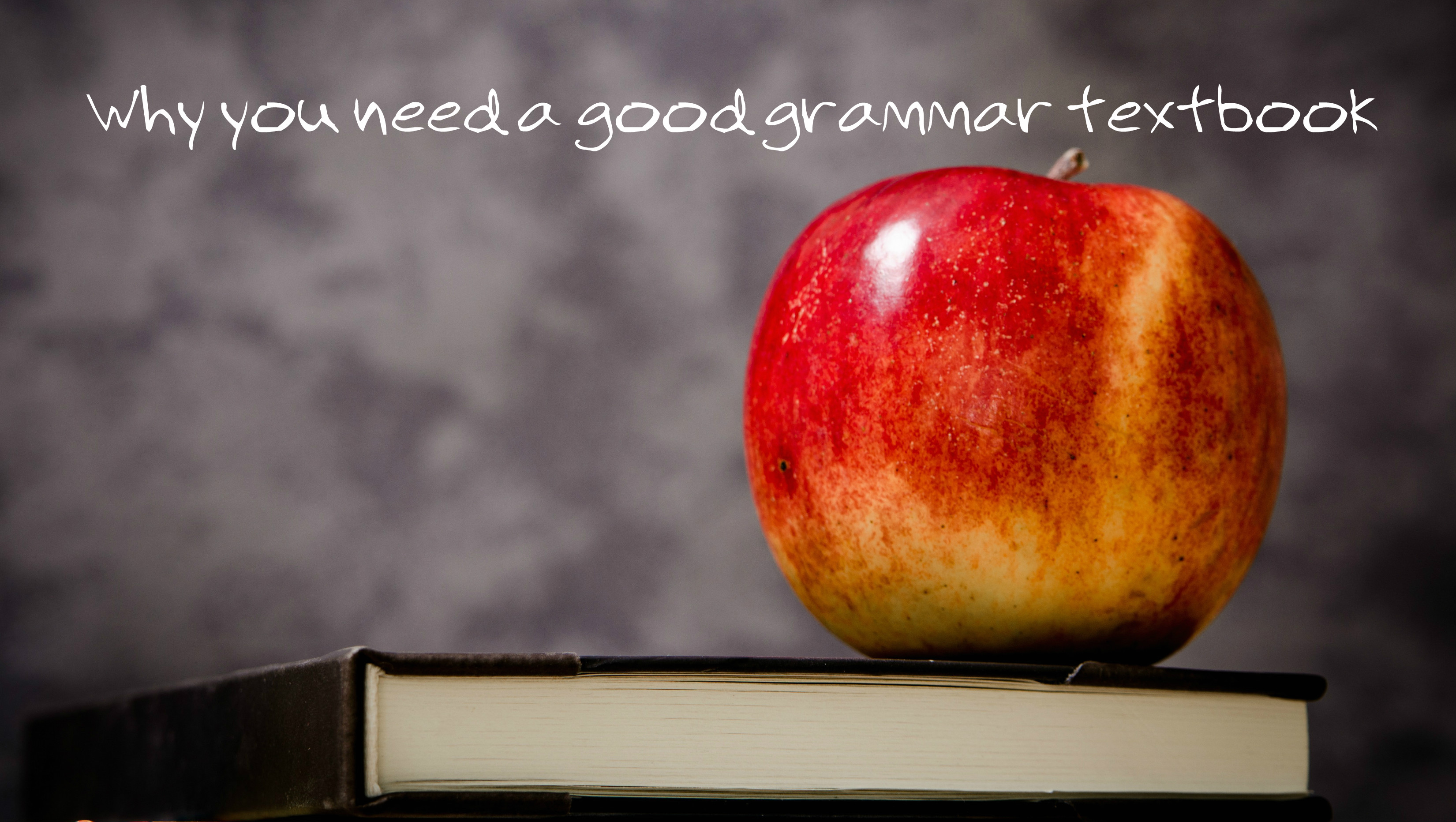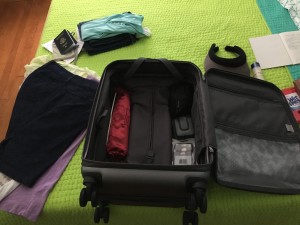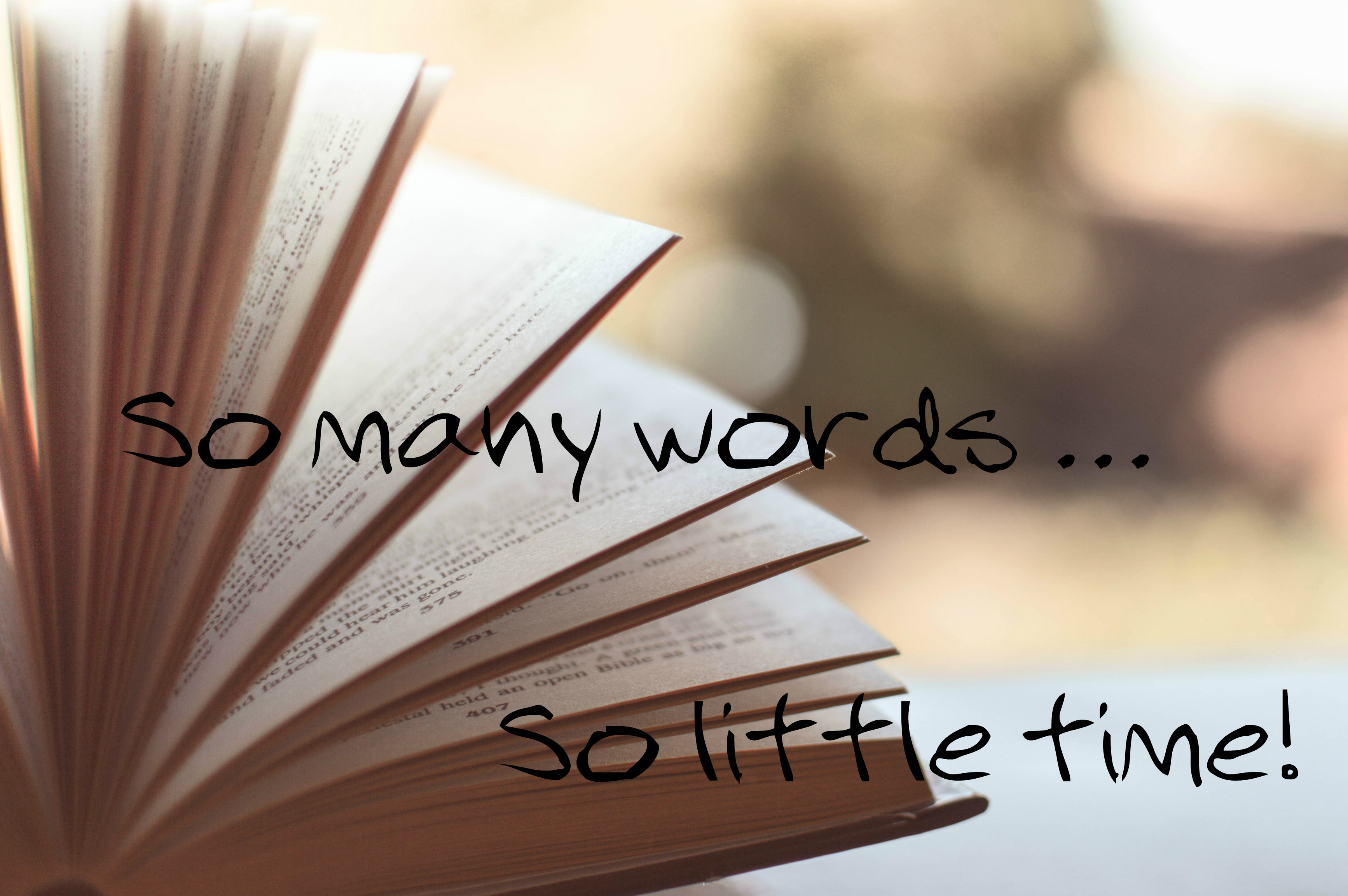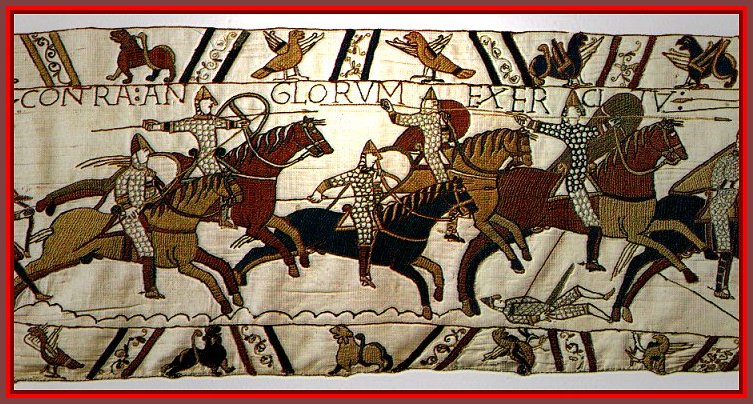Which would you prefer?

This will be the first in a series of Quick Tips to Improve Speaking.
In many tests of English fluency, you may be asked a hypothetical question … that is, about a situation that has not actually happened. You might think that because this situation has not yet happened, you should use the future tense, but this is not true.
Let’s say the question is: Which would you prefer, to live in a large city or in a small town? It’s possible that if you already live in one or the other, you might answer something like: I really love living in a large city because it’s so exciting and interesting. But usually you will answer this as a hypothetical question, as if the situation has not yet occurred.
First of all, to start your response, it is helpful to frame your answer with an “if” clause. Although this situation has not yet happened, you use a past tense verb. For example, If I lived in a large city … or If I had to choose whether to live in a large city or small town … In other words, you do not say something like: If I choose to live in a large city … or If I live in a small town …
Many lower-level speakers use the words can or will in their response, but these do not sound really fluent. We usually don’t say things like:
In a big city, I can go out to a new restaurant every night.
In a small town, I will take lots of walks in the country.
The best words to use are could or would. So, for example:
In a big city, I could go out to a new restaurant every night.
In a small town, I would take lots of walks in the country
What’s the difference? Could implies possibility; would is more definite. You can think of these as forms of can and will that are more appropriate in a hypothetical question.
Why you need a good grammar textbook

A student of mine recently commented that grammar textbooks are “old fashioned” compared to online resources. I beg to defer.
I’m certainly a fan of new technology. The internet has opened up fabulous opportunities for language learning that weren’t available a decade or so ago. YouTube videos, Ted talks, English discussion boards, online tutoring, even this blog are all resources that can help English learners tremendously. But there are some instances when a good old-fashioned grammar textbook can be a great help.
First of all, a good grammar textbook lays out the structure of English grammar in a coherent, systematic, progressive, orderly format. It starts with the basics and then layers on increasingly complex information. Many students, especially those who feel more comfortable with a logical, analytic approach to learning, will appreciate this format. It’s just easier to proceed step-by-step through a textbook than picking and choosing what you think you need to learn from a wide-ranging variety of websites which may differ greatly in both approach and quality.
Secondly, a good grammar textbook provides more reliable information. Let’s face it … anyone can post anything on the internet. There’s very little fact-checking or accountability in the process. This is not true for your average textbook, which is written by one or more highly-trained professionals, edited by knowledgeable colleagues, and proofread multiple times before publication. I’ve been appalled by some of the misinformation and errors I’ve seen at English grammar websites. I would always put more trust in the information in a high-quality grammar textbook than in material offered at a random website.
Also, a good grammar textbook is usually easier to use. When you browse haphazardly for information about a particular grammar point on the web, you may find it’s difficult to go back and review the material at a later date. Few people are systematic in recording where they’ve gleaned various information on the internet. On the other hand, a textbook can be marked up, highlighted, commented on, bookmarked, and consulted for years and years. The information is always there in the same place and it’s much easier to access and refer back to.
Grammar isn’t the end-all or be-all of English language learning. But it does provide the basic structures that, with the addition of a good working vocabulary, can help you to express your opinions, thoughts, ideas, and feelings in coherent, comprehensible English. And isn’t that the goal of language learning?
Adjectives … the life of the party!

Adjectives are my favorite English words.
If all the parts of speech (nouns, verbs, adverbs, pronouns, etc.) came to a party, the adjectives would be the most fun to have around.
Think about going to a party. The day after, your friend asks you how it was.
Well, if you had a good time, you have so many English adjectives to describe it. It was wonderful, amazing, awesome, fantastic, marvelous, energizing, entertaining, terrific, stupendous.
But if you had a bad time, maybe it was dreary, boring, dull, lackluster, depressing, awful, unpleasant, dreadful, horrible.
The more adjectives you learn, the better you will be able to describe moods, situations, experiences, places, and people.
So this blog post is going to be a little different. I’m going to be regularly updating it with new adjectives that would be a great addition to your vocabulary “toolbox.” If you have a favorite adjective, please include it in the “comments” section. Remember to keep checking back on this post, because I’ll be adding new words whenever I can.
Check Out These Adjectives

cutting-edge
So the last couple of days, I was attending some workshops at the University of Kentucky in a brand-new classroom building. There were six overhead projectors with automatic screens, so everyone could see what was being shown. There were speakers at every table so that people from one table could hear the people speaking from the table on the other side of the room. There was a central docking station for everyone’s plug so every participant could use their laptop.
This is what I would call a cutting-edge classroom. All the technology is the latest and the greatest. Cutting-edge is a wonderful adjective to use when you want to describe a new piece of technology, a new marketing plan, or a new way of doing things. Some good synonyms for cutting-edge include:
state-of-the-art
innovative
trendsetting
revolutionary

ambivalent
I like the word ambivalent because it often expresses how I feel. It means that you have mixed feelings about something. You can have ambivalent feelings about a person … some things about them you like, and some you don’t. You can have ambivalent feelings about an experience, like I’m having right now.
I used the photo above to express my ambivalence about traveling to Paris tomorrow! I’m excited and nervous. I’m a little scared of flying and I’m worried about missing my plane. I’m happy about visiting my favorite city and a little unhappy about the hassle of traveling. I’m looking forward to seeing my daughter, who’s going to come from London to see me, but I also know I’ll miss my husband and pets.
When you are asked your opinion about something, you can use the word ambivalent when you see both good and bad points. In another blog post, I wrote about what to say (or write) when you see two sides to an issue. So another expression you can use to indicate this is, “I’m ambivalent about this issue.”

vertiginous
Vertigo is the English word for that feeling you have when you are way up high and you look down and feel dizzy. Vertiginous is the adjective formed from that noun. It describes something that is extremely high or steep, and that may make you feel a little dizzy, scared, or sick when you look down. This is the view from our apartment in Paris. We are on the sixth floor (and the bedroom is on the seventh floor). I don’t like heights, but I do like being up high and watching everything going on in the streets below. When I look down, I think the view is rather vertiginous. Another adjective we can use is dizzying or, if you want to use a more general and common adjective, you can just say scary.

breathtaking
In English, when we talk about something that amazes us, we often say that it takes our breath away. You know that feeling … when your heart beats more quickly and your breathing becomes more rapid! So we turn that verb phrase into an adjective — breathtaking. We often use this word to describe views or sights or images. So this photo I took on a bridge in Paris shows a breathtaking view of a beautiful sunset over the River Seine. I love this adjective because it describes in a physical way the way we feel when we see something amazingly beautiful. Other adjectives we can use to mean the same thing are
spectacular
magnificent
amazing
stunning
incredible
magnificent
astounding
astonishing
awesome, and
awe-inspiring.
What breathtaking sights do you have in your country?
Are we having fun yet?

Actually, the English words fun and funny are not really much fun! For such short and common words, they cause a lot of confusion.
First off, let’s talk about parts of speech. The word fun can be used as both a noun and an adjective. The word funny is always an adjective, but it has very different, and sometimes almost opposite meanings. So if you don’t use it properly, people may misunderstand what you mean.

As a noun, fun basically means pleasure or enjoyment … it’s a very positive word.
We had fun at the beach today.
We aren’t having any fun at the beach because it’s raining.
Notice that fun is a non-count noun. It’s always singular. You can’t have funs.
A very common expression is fun and games. This phrase means something enjoyable, not something that literally includes both fun and games. It’s often used in a slightly negative sense. See these examples.
Having a dog was all fun and games until he chewed up my favorite sweater.
English class isn’t all fun and games, you know … wait until the teacher gives the first exam!
Fun is also often used as an adjective. For example:
We had a fun time.
He’s a fun person. He’s fun to be with. (We always have fun when we’re with him.)
Notice that the adjective fun is not gradable; that means, you can’t say something is funner or funnest. It’s also a bit informal. In written English, you might want to consider using enjoyable, amusing, or delightful instead.

Since we’ve been having so much fun talking about fun, let’s move on to funny.
Funny is always used as an adjective but it has more than one meaning.
First of all, funny can mean something that makes you laugh. I call this ha ha funny. We like funny movies; they make us laugh. This man is funny; he makes her laugh because he tells funny jokes. This book is funny; its reader is laughing. Funny is not used, though, to describe something that is just enjoyable. The adjective fun (or synonyms such as amusing, enjoyable, or delightful) should be used instead. Look at these examples.
Don’t say: I had a funny time at the beach. Instead, say: I had a fun time at the beach. Or, I had fun at the beach.
Don’t say: I had a funny vacation. Instead, say: I had a fun vacation. Or, my vacation was fun. Or, I had fun on vacation.
Don’t say: The ride at Disney World is so funny. Instead, say: The ride at Disney World is so much fun.
The adjective funny also has some very different meanings. Funny can describe something that is strange, peculiar, unsettling, unexpected, surprising, or suspicious. Here are some examples:
My stomach feels funny. I’m afraid I might be getting sick.
Your voice sounds funny. Do you have a cold?
That’s funny. I thought I left my car keys on this table, but now they’re not here.
That man is acting kind of funny. I hope he’s not planning to rob the store.
I heard a funny noise downstairs and I went down to see what it was. I thought it might be a robber but it was only my cat.
Finally, you might wonder about my title, “Are we having fun yet?” It came to my mind without knowing exactly where I’d heard it before. So I did a little research and it turns out that it’s a line from a comic strip character called Zippy the Pinhead. This expression is ironic. It says the opposite of what you feel. So when you ask, “Are we having fun yet?” that means that you aren’t having much if any fun at all. Which may be how you feel about learning the meanings of fun and funny!
So many words … so little time!

You may have heard or read that English has more words than any other language.
Actually, this probably isn’t true. For one thing, it’s very hard to count words. For example, do all the forms of a word (such as hard, hardly, hardness, harden, hardening, hardy, hardiness) count as one word or many words?
But it’s definitely true that English has a lot of words. You can thank English history for this. English started as a Germanic language. But then, in 1066, the French invaded England and ruled it for hundreds of years. As a result, many French and Latin words flooded into the language.

The results are quite interesting. English has many synonyms (words that mean the same thing), one with a Germanic origin and one with a French origin. For example, forgive (Germanic) and pardon (French). Or friendly and amicable, or answer and reply.
But maybe you don’t want to learn about English history: you just want to learn English vocabulary! What should you do when there are so many words, and you have so little time?
It helps to think about vocabulary as belonging to three tiers (or levels).
Tier One words are the basic words that are usually easy to learn (and teach). These words include numbers (one, two, three), colors (red, blue), simple adjectives (hot, cold), and basic verbs (do, make, talk, sleep). Nouns (names) for everyday things (car, house, plate) also belong in Tier One. If you are a beginner, these are the words you should focus on.
To learn Tier One words, picture dictionaries can be very helpful. My personal favorite is the Oxford Picture Dictionary (Second Edition). You can buy a monolingual (English only) version; online and 13 bilingual editions are also available.
Tier Two words are more complex. Intermediate students need to learn these in order to read more texts and express more ideas. Take a word like walk. That’s a basic Tier One word. But there are lots of ways to walk. To describe these, you need Tier Two words such as stroll, amble, saunter, trudge, stomp, and stride. When you know these words (at least some of them), you can express your thoughts more exactly. Knowledge of Tier Two words can also really help you on tests like TOEFL. For example, instead of saying “students should work hard,” how about “students should pursue their studies diligently”?
To learn Tier Two words, it’s helpful to do extensive reading in English. Find books that interest you and that are not too hard to read. Use an online dictionary such as Collins Cobuild to help you translate unfamiliar words. Focus on words that relate to your interests. If you’re an artist, you might want to expand your vocabulary of “color” words, like aquamarine and teal. If you’re a sports fan, zero in on English words you can use to talk about your favorite sport or team. Review your vocabulary words constantly and try to put them into use in your speaking and writing. Finally, have some fun. When you are learning those synonyms for to walk, try strolling, sauntering, trudging, stomping, and striding around the room while repeating those different words! Play word games such as the Daily Jumble or crossword puzzles. Walk around your home and try to name every object in English; for a bigger challenge, add an adjective to describe it.
And what about Tier Three words? Those are the specialized words that relate to a particular field of interest or occupation. Biologists will need one set of words, while engineers will need a completely different set. You will probably learn these when you are an advanced English student, and you will only need to focus on those connected to your work or studies.
Finally, what about slang and swear words? You can’t watch an American movie or TV show without encountering them. This is such a big topic that I will save it for a later blog post.
